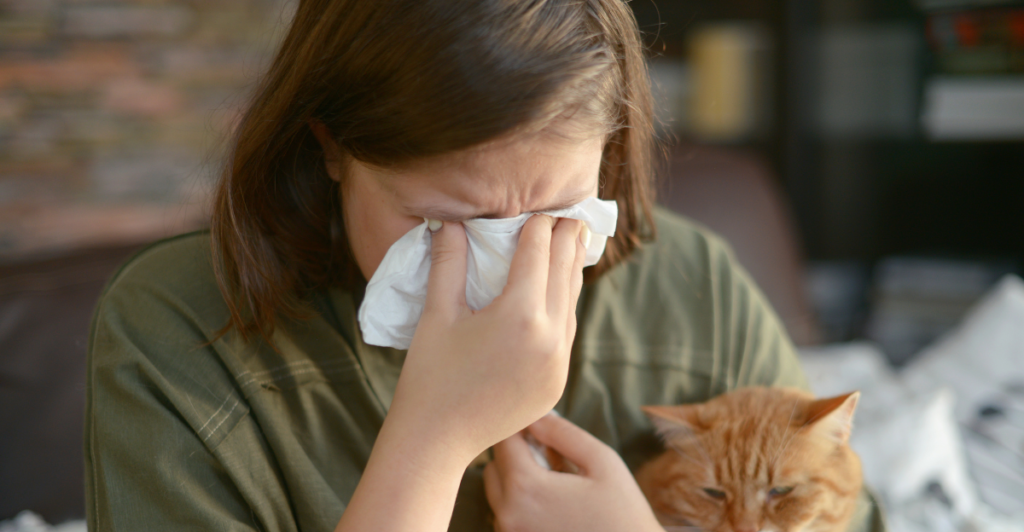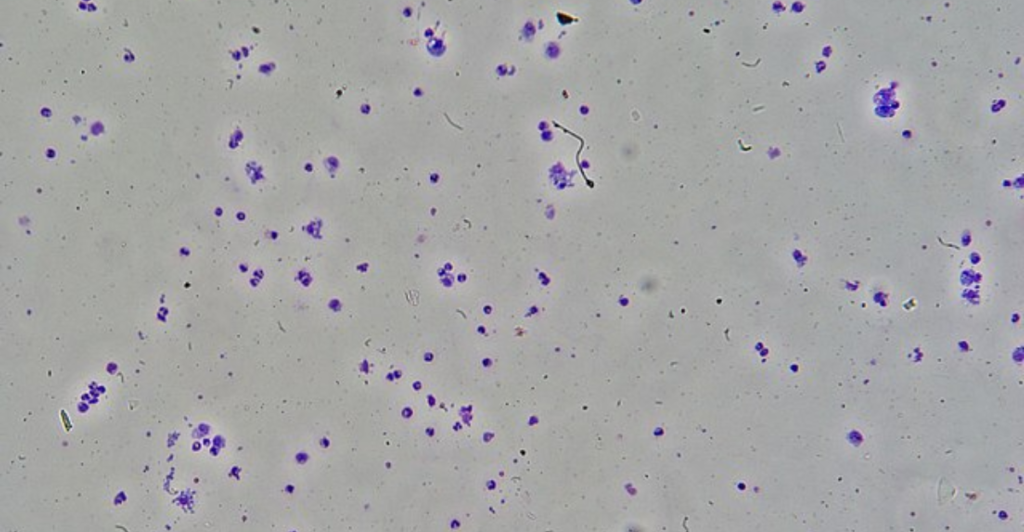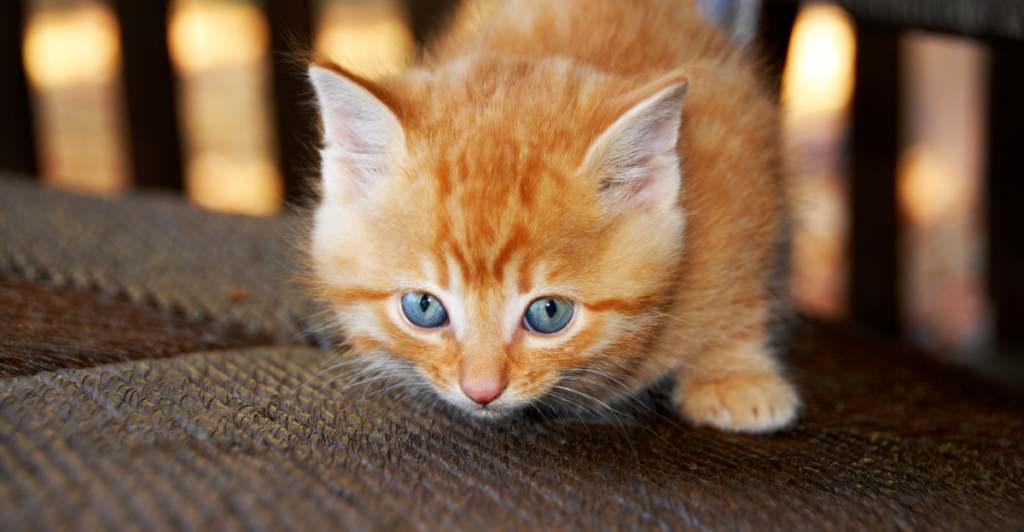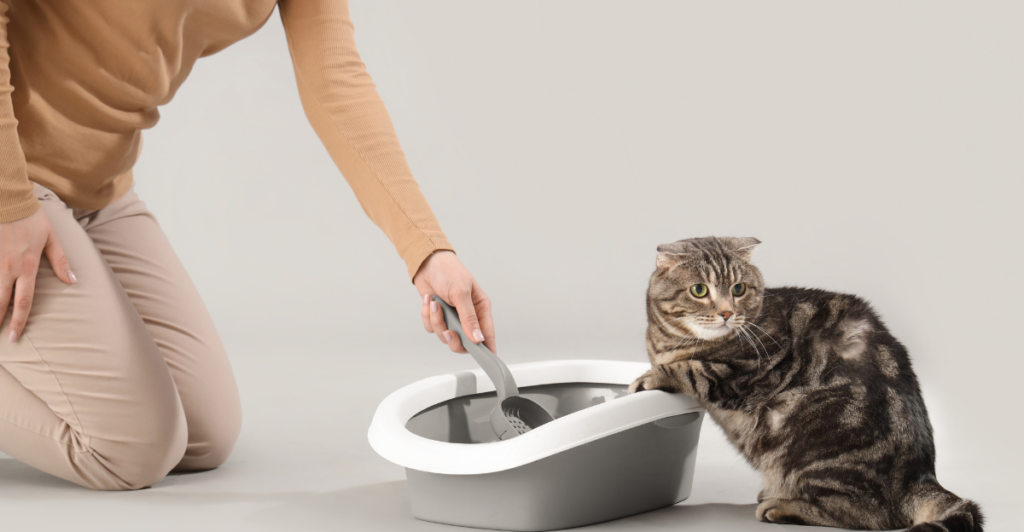
Look, cats are adorable. They’re fluffy, sassy, and occasionally demonic—but we love them anyway. Still, behind those hypnotic eyes and purring engines lie a few hidden health risks you might want to know about.
We’re not saying your cat is plotting your downfall (okay, maybe a little), but owning one does come with its own set of potential hazards. From sneaky parasites to allergic meltdowns, sharing your space with a feline has a few caveats.
So before you let Mr. Whiskers lick your face or nap on your pillow, let’s go over 8 real health risks every cat owner should know—plus how to dodge them like a pro.
1. Allergies

If your eyes get itchy just looking at a cat meme, you’re not alone. Cat allergies are super common, affecting up to 10–20% of the global population. The culprit? A protein called Fel d 1, found in cat saliva, dander, and skin.
When cats groom themselves, this protein spreads to their fur and into the air. Cue the sneezing, watery eyes, and wheezing—fun! And, unfortunately, hypoallergenic cats? Yeah, they’re mostly a myth.
You can manage symptoms with HEPA filters, allergy meds, and frequent cleaning. But if your body’s saying “absolutely not” every time Mittens walks in the room? It might be time for a tough conversation.
2. Toxoplasmosis: The Invisible Parasite Lurking in Litter

Toxoplasma gondii is a microscopic parasite found in some cat poop. Most healthy humans never even notice they’ve got it. But for pregnant people or immunocompromised folks? It can get serious, fast.
The risk mainly comes from cleaning the litter box. The parasite can cause flu-like symptoms and, in rare cases, damage to the eyes or brain. Pregnant people exposed to it can even risk birth defects.
Worried? Don’t panic. Wear gloves when scooping litter, wash your hands religiously, and—if you’re pregnant—hand off litter duty to someone else. Bonus: You now have a totally valid excuse to never clean it again.
3. Cat Scratch Disease

Cat scratch disease (yes, it’s real) is caused by a bacteria called Bartonella henselae. Cats—especially kittens—can carry it and transmit it to humans through scratches or bites.
Most people experience mild symptoms like swollen lymph nodes, fatigue, or low-grade fever. But in rare cases, it can lead to serious complications like infections in the liver, spleen, or even the heart. Yikes.
The good news? It’s usually treatable with antibiotics. Keep kitty’s nails trimmed, avoid rough play, and maybe stop letting your cat use your hands as chew toys. Your immune system will thank you.
4. Ringworm: It’s Not a Worm and Definitely Not a Fun Ring

Despite the name, ringworm is actually a fungal infection—and yes, your cat can give it to you. It’s highly contagious, annoyingly persistent and loves to spread through direct contact with fur, skin, or shared spaces.
If your cat has weird bald patches or scaly skin, that could be ringworm waving hello. In humans, it shows up as itchy, circular red rashes—definitely not a look you’re going for.
Disinfect your home, get antifungal treatment for both of you, and prepare for a bit of a decontamination process. If your cat looks like it lost a bar fight with fungus? Call your vet, fast.
5. Fleas and the Diseases They Drag in With Them

Fleas aren’t just a nuisance—they’re tiny vampires with a résumé full of nasty side gigs. If your cat brings them inside, you’re not just getting bitten, you’re potentially being exposed to tapeworms, cat scratch disease, or even bubonic plague (yes, that plague).
These pests can hide in carpets, couches, and bedding, making them tough to eliminate. Plus, some people can have allergic reactions to flea bites: cue the nonstop itching and dramatic scratching.
To avoid turning your home into a flea circus, keep your cat on a regular preventative plan, vacuum like your life depends on it, and maybe invest in a hazmat suit. Just in case.
6. Asthma Triggers

For people with asthma, cats can be a sneaky trigger. Their dander, saliva, and fur can all worsen respiratory symptoms—even if you’re not technically “allergic.” Add in airborne hairballs and litter dust? Trouble’s brewing.
Exposure to cat allergens can cause wheezing, chest tightness, coughing, and shortness of breath. In extreme cases, it can even trigger asthma attacks severe enough to require medical attention.
Managing this risk means regular cleaning, using HEPA air purifiers, and maybe keeping the bedroom a cat-free zone (we know—it hurts). If symptoms persist, talk to your doctor about whether your lungs and your cat can realistically cohabitate.
7. Zoonotic Diseases

Cats can carry a variety of zoonotic diseases—aka illnesses that jump from animals to humans. Aside from toxoplasmosis and ringworm, you’ve got things like salmonella, E. coli, and rare parasites that make “cuddly” suddenly feel a bit risky.
Outdoor or stray cats are more likely to carry these, especially if they hunt or eat raw meat. Symptoms in humans can range from mild stomach issues to serious infections, depending on the bug and your immune system.
Simple solution? Keep your cat indoors, make sure they’re up to date on vet visits, and please, please—wash your hands after cleaning that litter box. Every. Single. Time.
8. Litter Box Lung: When Breathing Gets a Little… Dusty

If you’ve ever scooped a litter box and inhaled a lungful of dust, you already know: it’s not just gross—it could be harmful. Cat litter, especially the clay clumping kind, kicks up fine particles that can irritate your lungs over time.
Prolonged exposure to dusty litter may worsen conditions like asthma or bronchitis. And let’s not forget the ammonia fumes from old pee clumps—those aren’t great for your sinuses (or your dignity) either.
To lower the risk, go for low-dust or natural litters, clean the box daily, and keep it in a well-ventilated area. Your cat might not care about air quality, but your lungs definitely do.
So… Should You Panic?

Yes, cat ownership comes with health risks. But guess what? So does owning a car, eating sushi, or going outside. The trick is knowing what to watch for and taking basic precautions. Translation: Be smart, not scared.
Keep your cat clean, healthy, and vaccinated. Wash your hands, clean the litter regularly, and maybe don’t let them sleep directly on your face (tempting, we know). Oh, and trim those claws—they’re cute until they’re not.
Cats enrich our lives in a million ways. Just know that even the fluffiest roommate might bring a few complications. It’s nothing you can’t handle with a lint roller and a little common sense.
Explore more of our trending stories and hit Follow to keep them coming to your feed!

Don’t miss out on more stories like this! Hit the Follow button at the top of this article to stay updated with the latest news. Share your thoughts in the comments—we’d love to hear from you!







